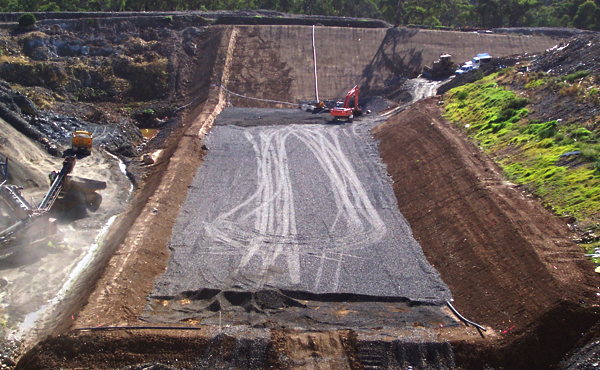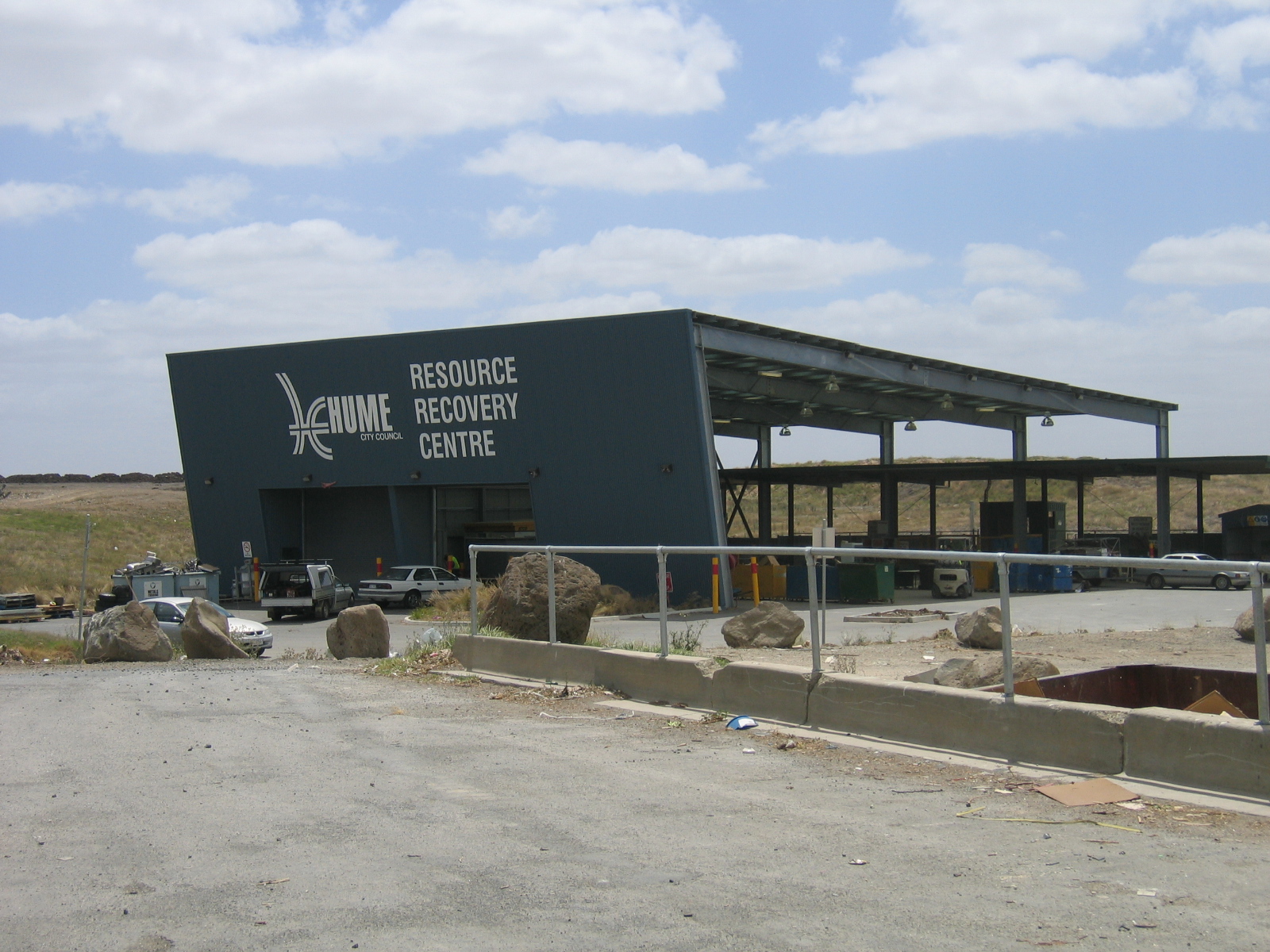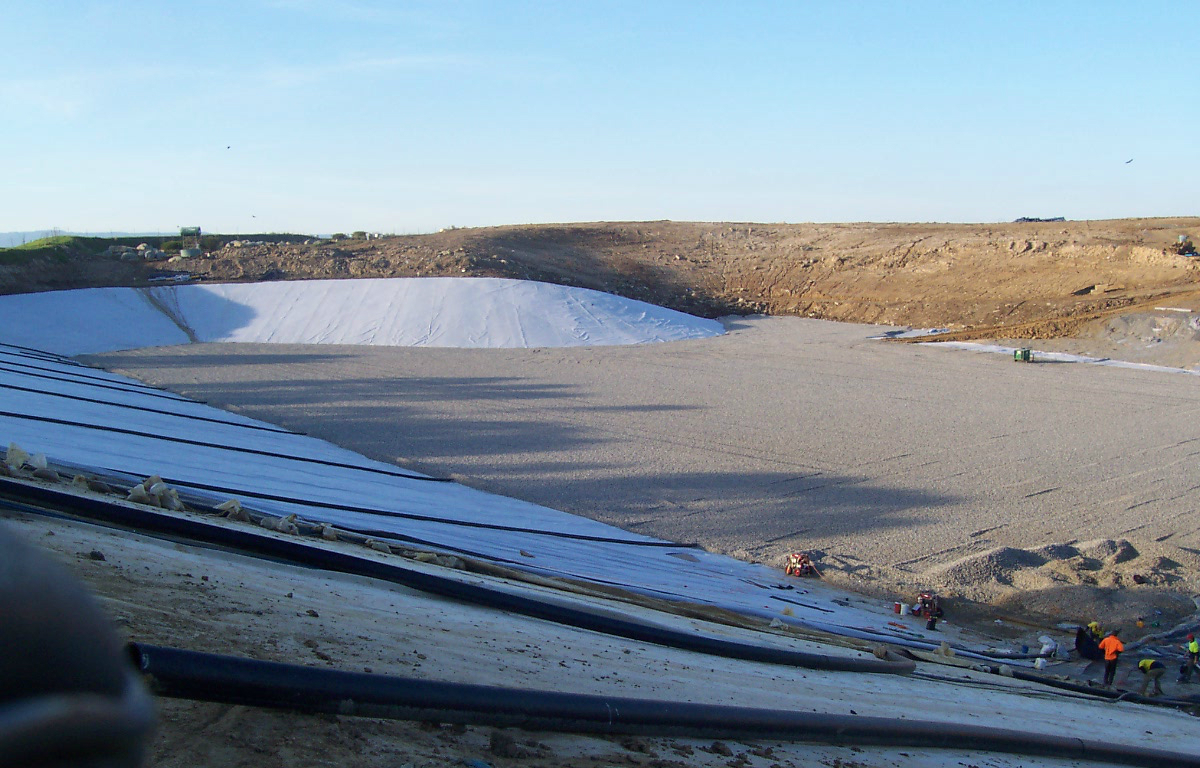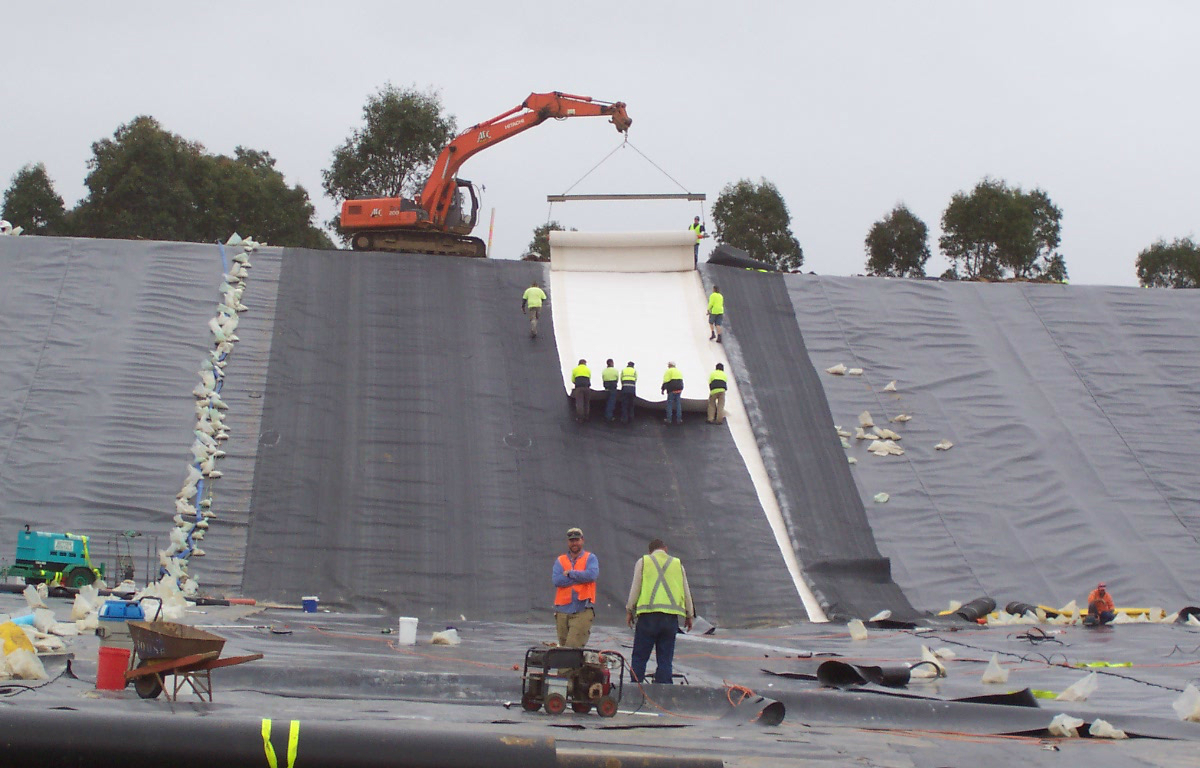Environmental Guidelines: Solid Waste Landfills – What Do They Mean For You?
The revised Environmental Guidelines: Solid Waste Landfills – Second Edition, were released by the NSW Environment Protection Authority (EPA) in April 2016, which provide an updated set of minimum standards for design, construction and operation of a modern landfill facility.

The revised Guidelines will be used by the EPA to assess landfill licence applications and set conditions for new or varied landfill licenses under the PoEO Act 1997. In addition, the Guidelines will be used to assess issues that arise during the operational and post-closure periods of landfills. The Guidelines will also form the basis of the EPA’s input to consent authorities at the planning stage of new landfills and landfill cells under the Environmental Planning and Assessment Act 1979. It is not proposed that the new requirements be applied retrospectively to existing landfill cells that are operating well.
The updated Guidelines incorporate legislation and policy changes along with emerging landfilling technologies and techniques. A series of ‘Minimum Standards’ are specified which are a mix of design and construction techniques, effective site operations, monitoring and reporting protocols, and post-closure management requirements.
The Minimum Standards in the revised Guidelines reflect the following broad goals for landfilling in NSW:
- landfills should be sited, designed, constructed and operated to cause minimum impacts to the environment, human health and amenity;
- the waste mass should be stabilised, the site progressively rehabilitated, and the land returned to productive use as soon as practicable;
- wherever feasible, resources should be extracted from the waste and beneficially reused;
- adequate data and other information should be available about any impacts from the site, and remedial strategies should be put in place when necessary; and
- all stakeholders should have confidence that appropriately qualified and experienced personnel are involved in the planning, design and construction of landfills to high standards.
Most proposals for new or expanded landfills will require development consent or approval under an Environmental Planning Instrument made under the Environmental Planning and Assessment Act, 1979 administered by the NSW Department of Planning and Environment and local Councils. In order to expedite the approval processes and improve compliance, technical design reports and construction quality assurance documents must be prepared by appropriately qualified and experienced persons (e.g. Quality Assurance Engineer). The vast majority of reports and documents are already developed in this way, however the requirement will provide both the EPA and NSW communities with the confidence that landfills are being designed and constructed to appropriate standards.
The guidelines assist landfill operators by:
- assisting operators with approvals and compliance;
- providing additional technical information, particularly for emerging techniques and technologies, and clarifying the EPA’s requirements;
- incorporating more information on proven alternative techniques and technologies that may reduce the cost burden on operators in appropriate circumstances; and
- the new requirement that technical design reports and construction quality assurance documents must be prepared by appropriately qualified and experienced persons which will expedite approval processes and improve compliance, and provide confidence that landfills are being designed and constructed to appropriate standards.
The guidelines maintain the already strong environment protection regime that applies to NSW landfills.
Key new requirements include:
- Increased leachate barrier properties;
- Minimum requirements for monitoring infrastructure and reporting;
- Post-closure management requirements;
- Technical design reports to be prepared by appropriately qualified and experienced persons;
- Construction Quality Assurance report submitted to the EPA and approved prior to placing waste; and
- Liner integrity testing.
The new Guidelines are similar to EPA Victoria’s Best Practice Environmental Management publication: Siting, design, operation and rehabilitation of landfills (EPA VIC Landfill BPEM). Following a period of industry adjustment, the BPEM is considered to be the most comprehensive set of requirements for landfills in Australia.Meinhardt has considerable experience with the EPA Vic Landfill BPEM, having successfully assisted our landfill clients navigate the BPEM requirements.
Our experience spans the full landfill life-cycle from siting, environmental impact assessments, engineering design, construction quality assurance, rehabilitation and aftercare management for example;
- Environmental compliance monitoring and reporting for groundwater, landfill gas, surface water and leachate;
- Design of landfill related infrastructure including liners, capping systems, groundwater collection systems, stormwater and leachate drainage systems and gas collection systems;
- Preparation of construction documentation for landfill cell and liner design including quality assurance, landfill rehabilitation and aftercare plans;
- Waste management operations, resource recovery and logistics assessment;
- Infrastructure assessment, needs analysis and master planning including landfills, transfer stations, resource recovery facilities and integrated urban infrastructure;
- Landfill planning; and
- Landfill cell construction supervision.
Meinhardt Infrastructure & Environment Pty Ltd (Meinhardt) is arguably one of the leading waste management consultants to local government in Australia and has completed a range of waste management and recycling consultancies with State/Territory and Local government authorities over the past two decades, from strategic reviews, policy development and planning research, through to infrastructure design and implementation, environmental monitoring and site remediation.
Meinhardt has developed engineering designs for various types of landfill infrastructure, peer reviewed and approved landfill infrastructure designs, and provided advisory solutions for numerous waste generating, transfer and disposal facilities. Meinhardt have also provided strategic assistance to governments, waste management groups, corporations and international aid agencies.
Meinhardt provide expertise and capabilities during the planning, design, and development of waste management infrastructure such as landfills, composting facilities and resource recovery centres, which includes waste transfer stations and Alternative Waste Treatment (AWT) facilities.
For example:
Meinhardt currently fulfills the environmental monitoring and reporting requirements for six regional NETWASTE member councils (Blaney, Dubbo, Forbes, Lithgow, Parkes and Narrowmine). This involves collection of samples, collation of environmental data and preparation of environmental reports for submission to the EPA. Meinhardt was able to reduce the environmental monitoring requirement by liaising with the EPA.
Eaglehawk Landfill is the City of Greater Bendigo’s primary municipal waste landfill and is also regional Victoria’s largest.
The design and construction of a new 37,000sqm cell, 220m long, 190m wide with waste 30m at its deepest, will extend the landfill’s life.
Key to its success has been maximizing the landfill airspace whilst minimizing the liner cost using an innovative approach to the design and construction of the new cell. The approach where no compacted clay was used due to lack of supply and a high price in the region, involved extensive background research to achieve successful approval.
Ensuring an EPA compliant outcome during construction was critical and our Construction Quality Assurance team ensured this was achieved in a seamless manner.
Meinhardt has also supervised the installation and construction of landfill structure for Taylors Road and Hallam Road landfills owned by SUEZ.
Hallam Rd
- Level 1 Supervision for clay liner installation during cell construction.
- 3rd Party CQA officer supervision for the Geomembrane (HDPE, GCL & Cushion) installation during cell construction
- Supervision of LFG and GW bores installation.
Taylors Road
- Level 1 supervision for clay liner installation during cell construction.
- 3rd Party CQA officer supervision for the Geomembrane (HDPE, GCL & Cushion) installation during cell construction.
- Supervision of LFG and GW bores installation.



